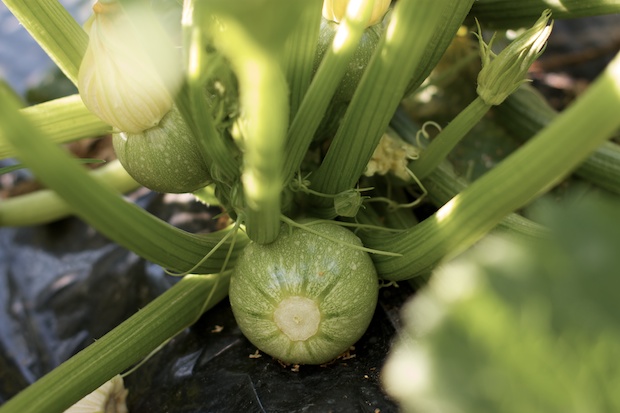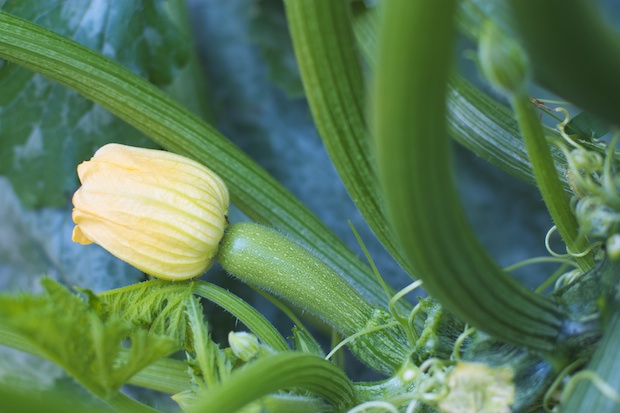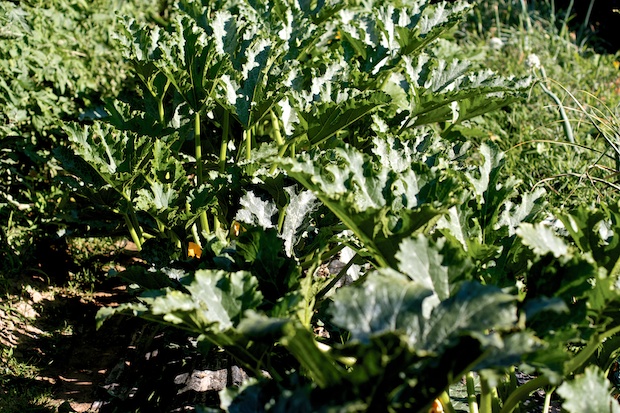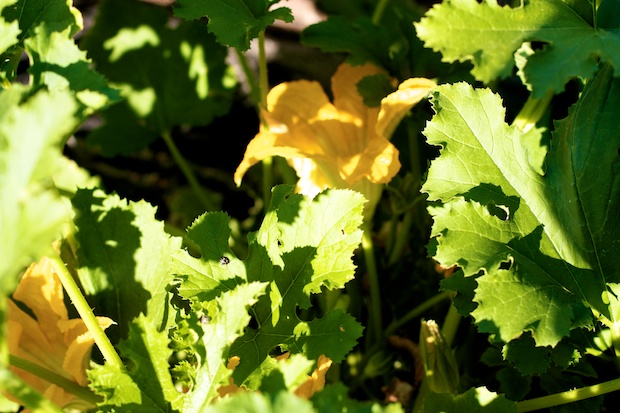This post is also available in: Italiano
Zucchini have always been part of our summer meals. My family always consumed them in large quantities, particularly boiled and on Sundays filled with bechamel (see recipe in the archive).
My aunt was the gardener of the house. She liked to experiment with new varieties. So when someone suggested zucchini seeds different from the usual ones we plated, she was happy to use them to “see what comes out.” Our garden always had yellow turban-shaped zucchini that were good fried, other yellow ones were elongated and suitable to saute with tomatoes, dark green ones, and lighter ones with stripes.

“Nothing refreshes more than a fresh zucchini”, was the usual quote whenever we were about to eat a nice big plate of zucchini. Zucchini, like pumpkins, are natives of Central and South Asia. They gave a low-calorie (20 calories per 100 grams) because they are constituted mainly of water. They contain potassium, magnesium, phosphorus, calcium, folic acid, vitamin A and E. They are also suitable for diabetics.
They are easy to cultivate and require a lots of space because they are very large plants. Once planted in the ground and fertilized, they only require constant watering. To have a summer production it is necessary to plant them in late March, early April.
Zucchini can also be eaten raw grated in a mixed salad. The flowers are delicious passed in batter and fried. Round zucchini are suitable for fillings.






